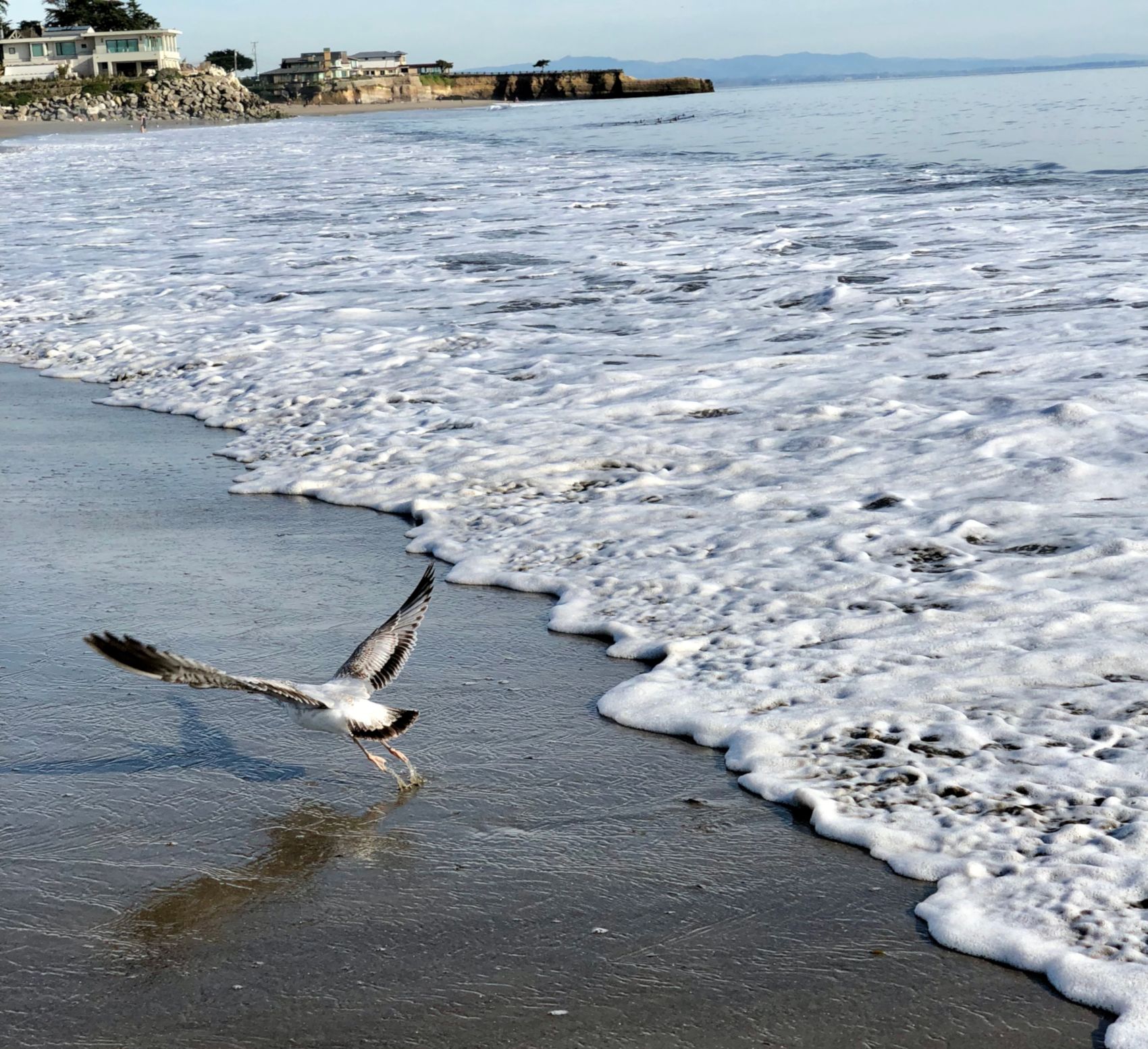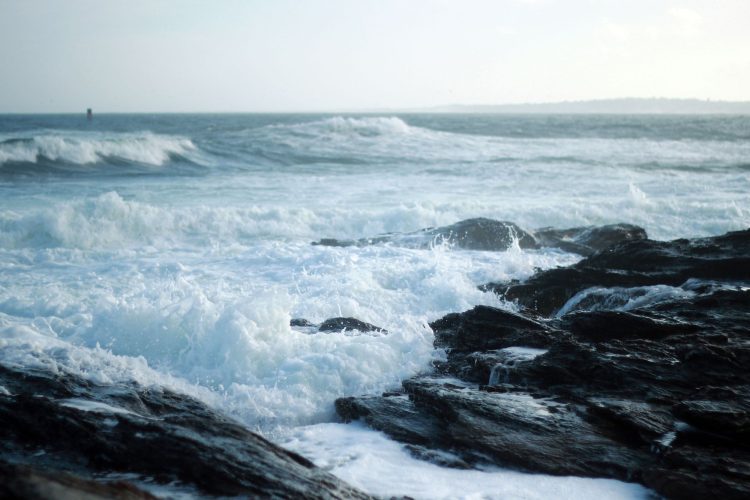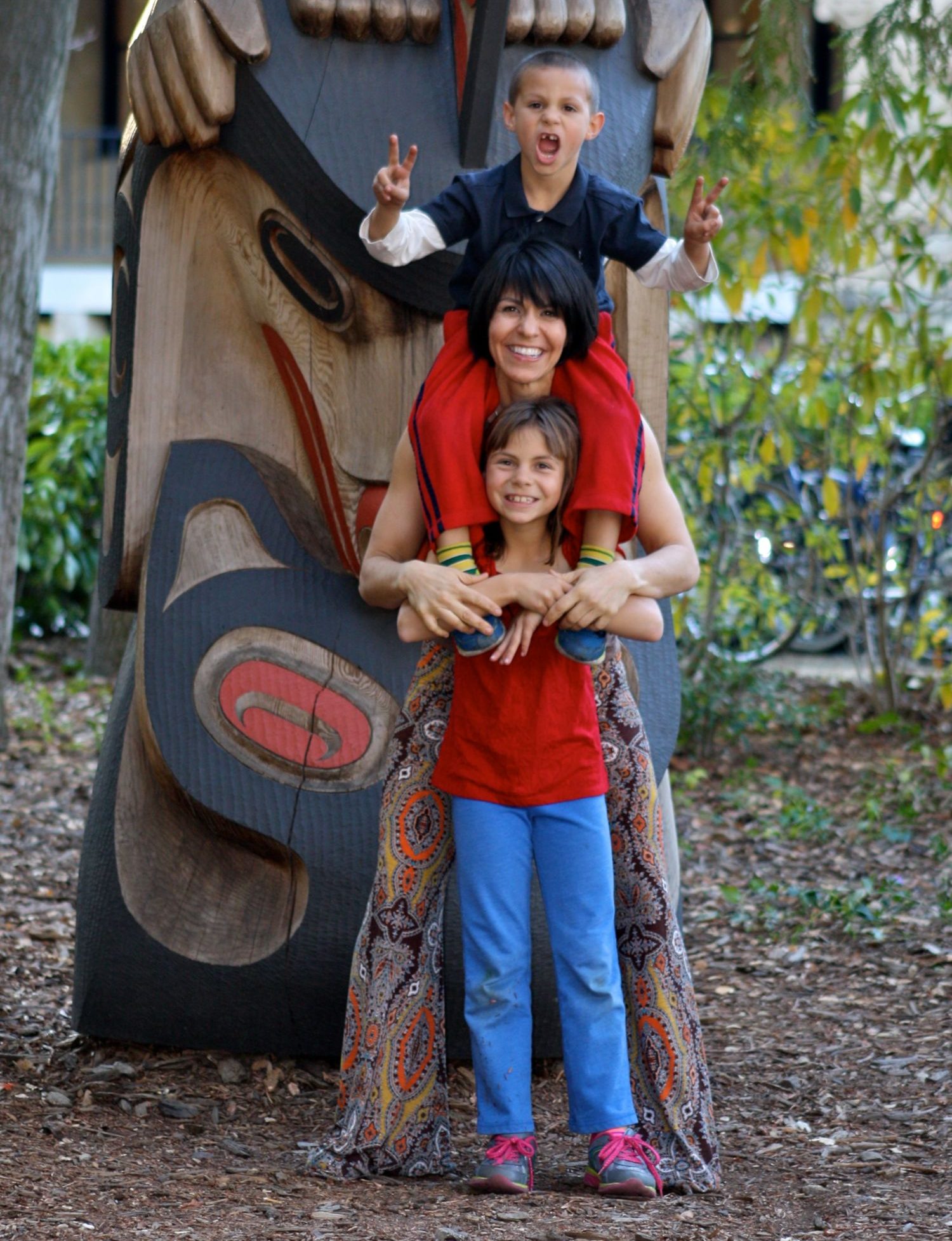Did you know that more than 50 percent of the oxygen we breathe originates from plants in the ocean? Some scientists suggest perhaps even 85 percent! We can thank tiny microorganisms, called phytoplankton, for all this oxygen produced as they float with the currents to absorb sunlight and nutrients. Essentially, they are tiny plants in the ocean that spend all day photosynthesizing, or being eaten by zooplankton and then packaged up into marine snow (but that’s a whole ‘nother article). When your yoga teacher says “inhale,” you breathe in oxygen most likely derived from the ocean. And you wonder why you have this deep, unspoken connection to the ocean? We are mostly made from water, we are born from water within our mother’s womb, and three-quarters of Earth’s surface is water. Water, air, fire, earth, and ether truly are the building blocks of life.
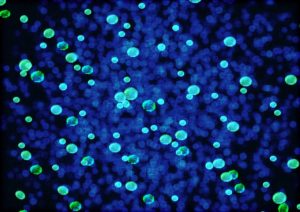
So then imagine our world 4.5 billion years ago. An Earth so hot that water could only exist in gaseous form, meteors violently falling from the sky, instability, no life, the backdrop for today’s popular sci-fi movies – a world without oxygen. But sometime between three and four billion years ago, the Earth cooled and oceans formed. Life began to emerge. While scientists disagree about the original timeframe and creation of life, they mostly agree that the first organisms were microbial, tiny little bacteria, and the ones responsible for our oxygenated earth were likely cyanobacteria. You know those green algae protein drinks (i.e. Spirulina) that are all the rage? Yeah, that’s a type of cyanobacteria, possibly the oldest oxygen-producing organisms to exist on Earth. In addition to providing you with delicious nutrients and the air you breathe, they’re responsible for all the complex creatures that evolved afterwards.
Meanwhile, dinoflagellates are another type of phytoplankton essential to our survival – and, hopefully, will not go the way of the dinosaur. Maybe you’re asking yourself, “What the heck is a dinoflagellate? How do you even say that strange word? And why do I care if they go extinct if I don’t even know what it is?” Give me a few minutes, and you may decide to paint your future child’s room with dinoflagellates instead of dinosaurs. They are pretty cute, just extremely tiny – so tiny that you need a microscope to see them. Even though they are plants, they exhibit characteristics similar to plants and animals, as they even have flagella that propel them through the water. And when you see the ocean shimmer light from below (i.e. red tides), this bioluminescence is from an overabundance of dinoflagellates.
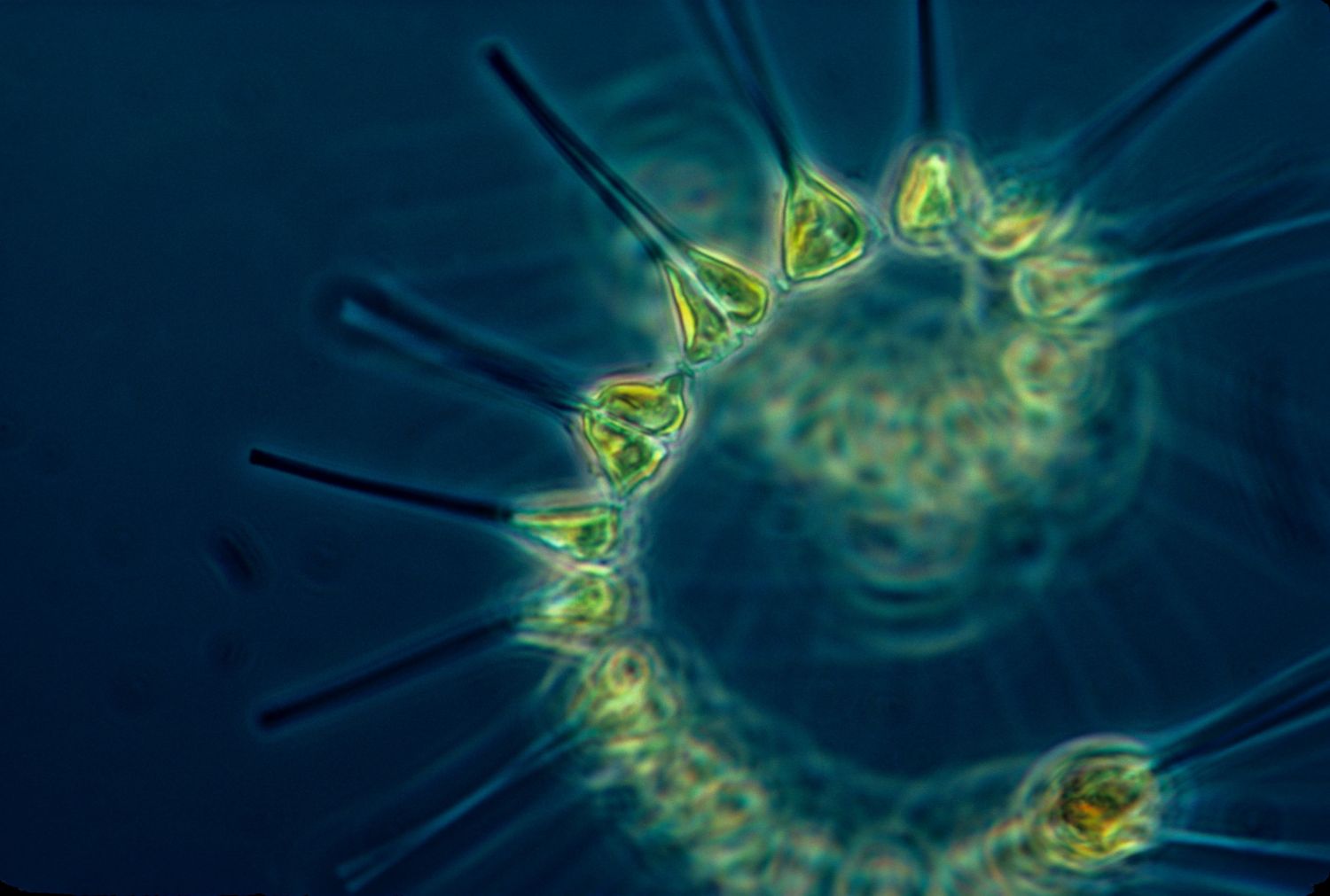
Whoa, cyanobacteria and dinoflagellates, oh my! While they were able to survive the mass extinction of dinosaurs (which, coincidentally, resulted in a booming, evolving, mammal population – hello humans!), our current trajectory is putting them in danger. When we talk about climate change and rising temperatures, most of that heat is being absorbed in the oceans. Warmer waters and ocean acidification pose threats for many species of phytoplankton. And, as scary as this sounds, without phytoplankton, the lives of whales, seals, dolphins, and fish would also cease to exist. The oceans and air composition as we know it, would change drastically.
Now that you know where most of your air comes from, even the way you breathe matters. An inhale promotes energy (prana) while an exhale promotes relaxation. This is why yoga teachers often prompt you to deepen the exhale, to further relax the body – or at least provide the sensation of relaxation. Close your eyes, imagine sitting on warm white sand staring out at our expansive blue ocean, listening to the waves crashing and sounds of gulls. Now, listen to your breath. Connect it with the ocean and invite yourself to deeper feelings of relaxation.
Our ocean is there for us with every inhale, so what can we do to take care of it, and ensure the breath of future generations?
- Remember the “Leave No Trace” motto on the beach. When you plan a visit to the beach, bring along a bag so you can properly dispose of any trash you find. A simple five to 10 minute trash pick up before leaving will do us all some good!
- Access Seafood Watch recommendations to help you eat sustainably caught seafood.
- Visit places that promote ocean conservation, such as your local aquarium. Monterey Bay Aquarium and The Marine Mammal Center in Sausalito are two wonderful places right in our own backyards.
- Donate to environmental efforts like The Ocean Conservancy or Project Aware.
